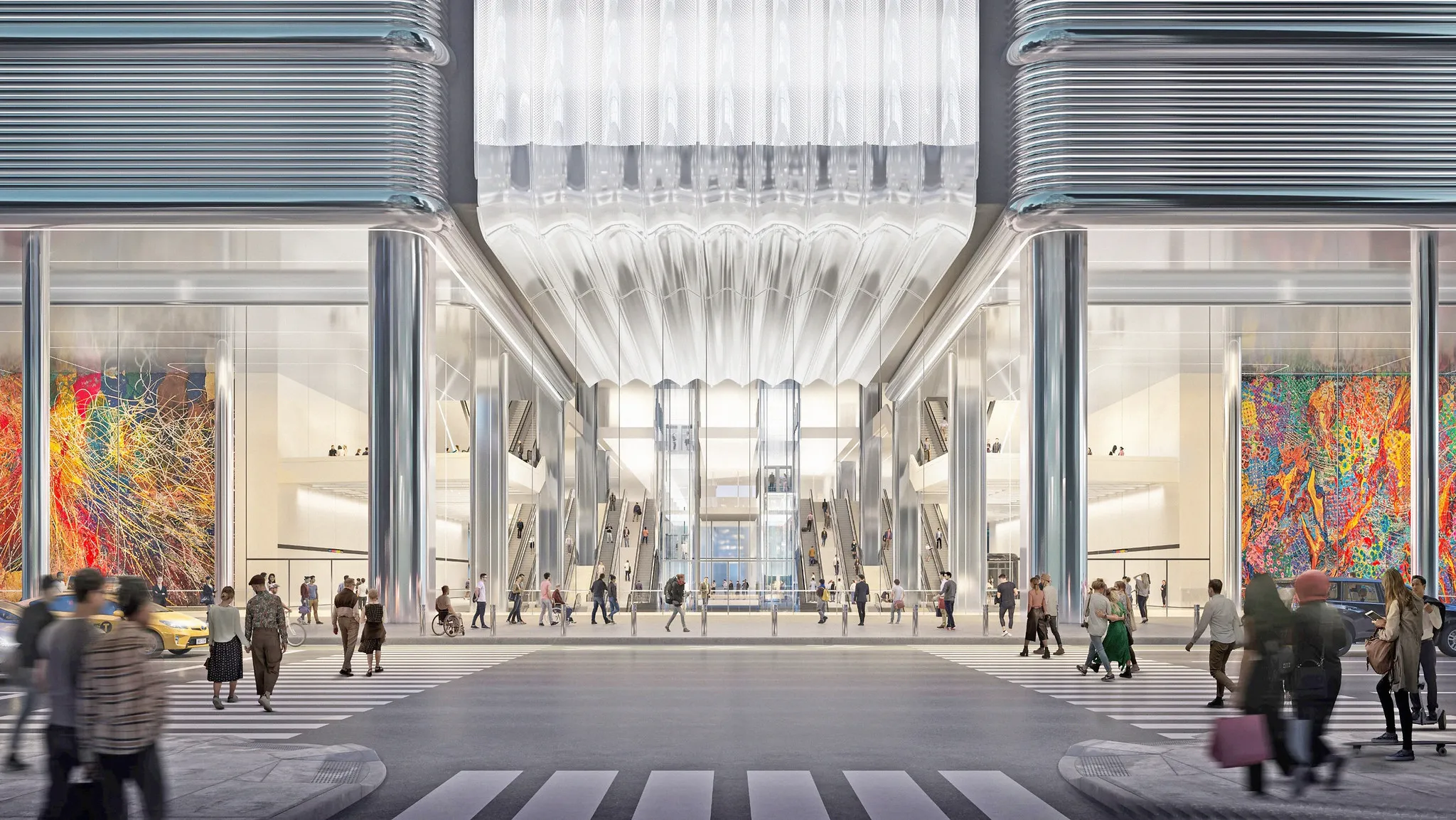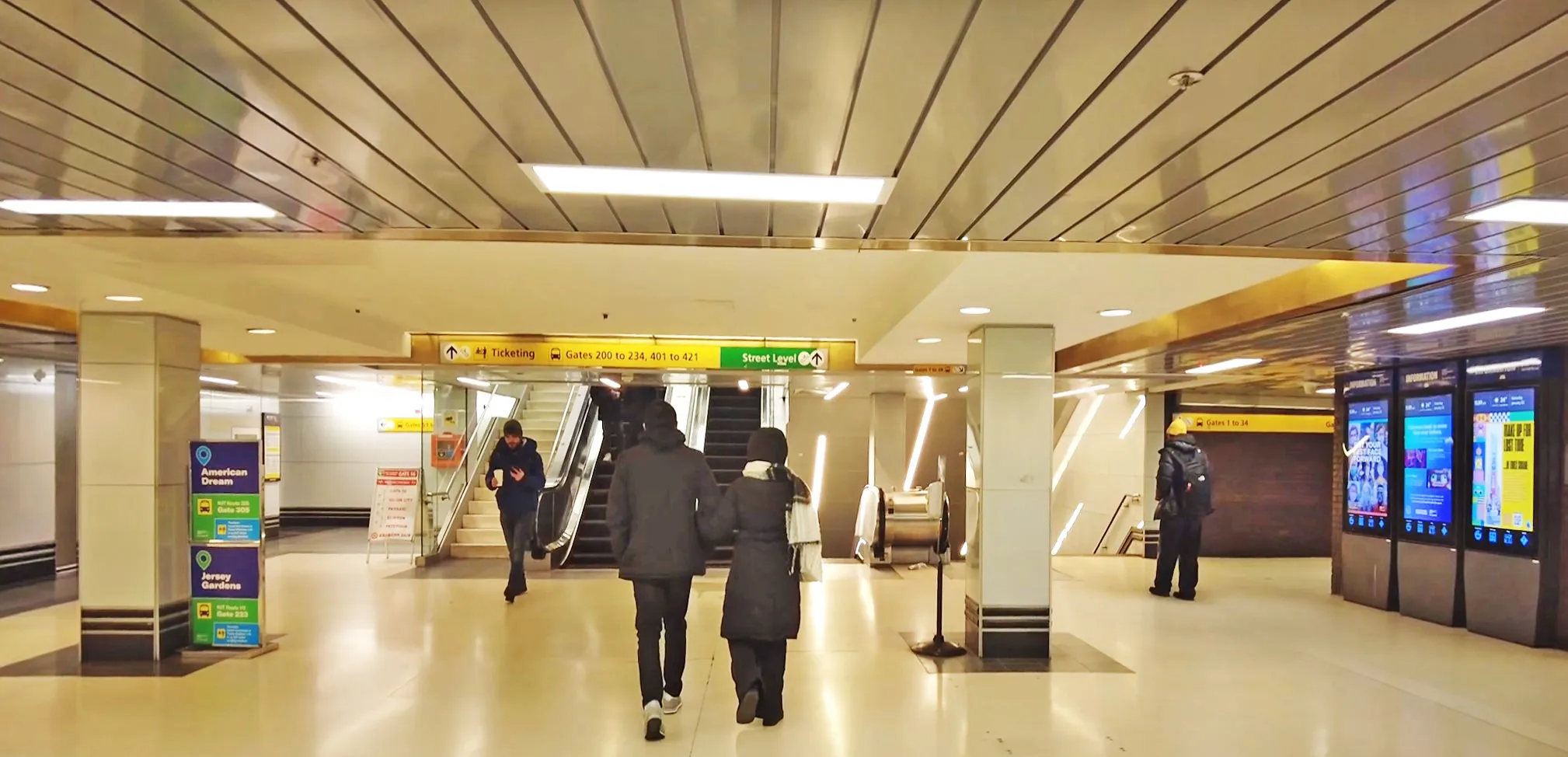
New Yorkers are preparing for an eight-year mega-project in Midtown Manhattan as the Federal Transit Administration (FTA) approved a $10bn plan to replace the world’s busiest bus terminal. The Port Authority Bus Terminal, which serves over 200,000 bus trips daily, is slated for demolition and a complete overhaul due to its outdated and dysfunctional design dating back to 1950.

A design joint venture led by UK-based Foster + Partners and US-based A Epstein and Sons International, appointed in 2022, will revamp the terminal to increase its capacity, brighten the interior, and create inviting streetscapes and parks for locals. The FTA’s Record of Decision on December 4 marked the final approval needed for the project to move ahead.

The New York City Council approved the plan with a unanimous 45-0 vote last month.
Governor Kathy Hochul highlighted the project's significance: “New York is constantly innovating and advancing, and this project will help us meet our projected ridership growth while also reducing congestion on our streets and providing an improved travel experience for our commuters.”

The FTA’s approval kicks off a program set to employ 6,000 workers and last until 2032. The new terminal will span 2.1 million square feet, featuring a separate storage and staging building, a new central entrance, and retail spaces along the streets. The addition of a grand indoor atrium will allow natural light to flood the space, helping passengers navigate the terminal more easily.

The redesign will also address congestion by allowing inter-city buses to enter the terminal for pick-ups and drop-offs, rather than on the busy surrounding streets. The new layout will consolidate storage and staging functions in one location, reducing bus waiting times and providing direct access to the Lincoln Tunnel.
Outside, the project will create 3.5 acres of green space by building platforms over the below-grade Dyer Avenue “cut.” The Port Authority approved a $271 million construction contract for the decking, with local firm MLJ Contracting handling the build, while Aecom Tishman will manage construction.
Work on the project is expected to begin with a temporary terminal on adjacent Port Authority land, allowing demolition of the old terminal to start. The temporary terminal is slated for completion in 2028.
Funding for the $10bn project will come from Port Authority capital, federal loans, and revenue generated by the sale of commercial development rights related to the terminal.
The Port Authority Bus Terminal, which opened in 1950, consolidated eight smaller terminals to reduce Midtown Manhattan’s street congestion. In 1963, the terminal’s capacity was expanded with additional parking, and in 1981, the North Wing extension increased capacity by 50%. The terminal remains the largest bus terminal in the United States.